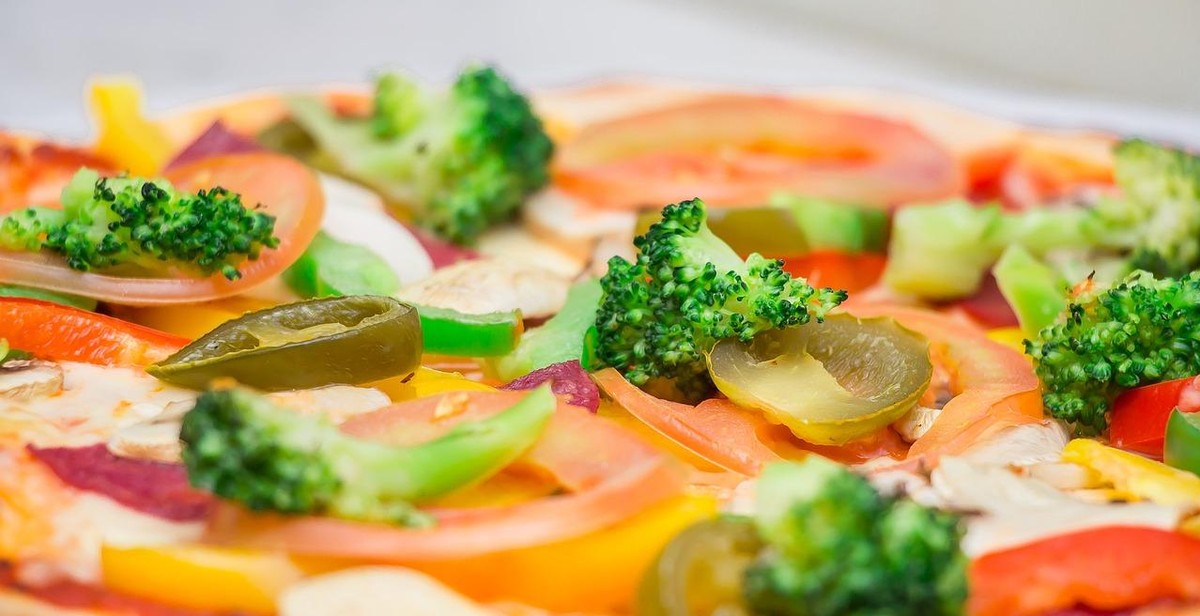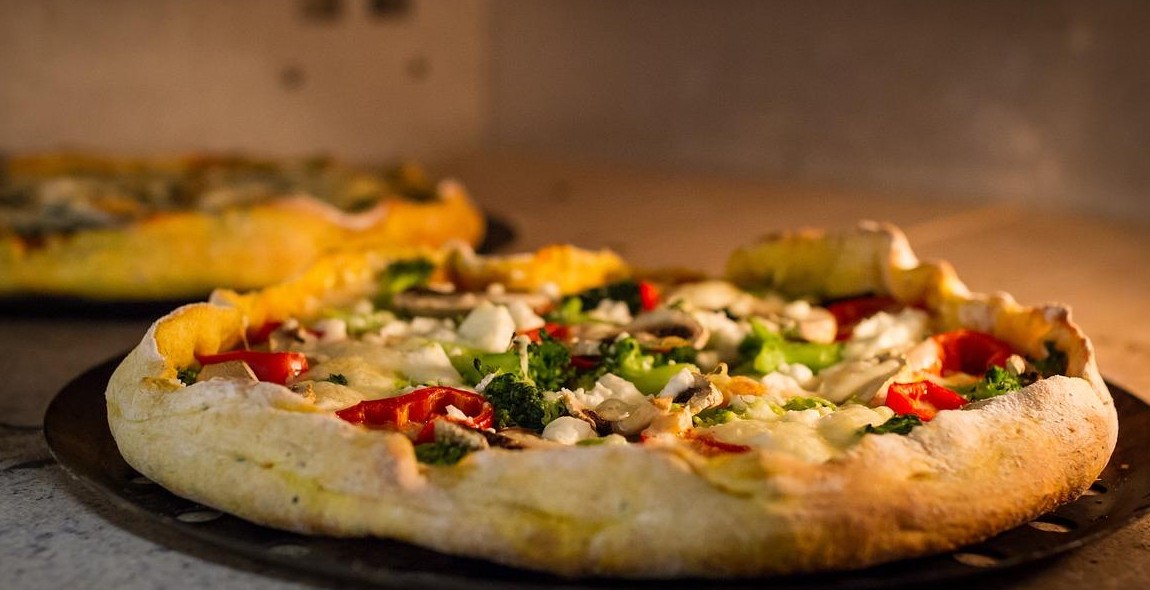How to Make Artisanal Pizza: Techniques for Creating Authentic and Delicious Pizza
As a professional chef and pizza enthusiast, I have spent years perfecting the art of making artisanal pizza. There is something truly special about crafting a pizza from scratch using high-quality ingredients and traditional techniques. Whether you are a seasoned home cook or a beginner, making artisanal pizza is a rewarding and delicious experience.
The Importance of Quality Ingredients
The first step to making great artisanal pizza is using high-quality ingredients. From the flour to the toppings, every ingredient should be chosen with care. Opt for fresh, locally sourced produce and quality cheeses and meats. The dough is the foundation of any great pizza, so be sure to use high-quality flour and yeast.
The Art of Dough Making
The dough is the heart and soul of any great pizza. Making dough from scratch requires patience, practice, and attention to detail. A good dough should be soft and pliable, with a crispy crust and a chewy interior. I will walk you through my favorite dough recipe and share tips for achieving the perfect texture and flavor.
Traditional Techniques for Authentic Flavor
While there are many ways to make pizza, I believe that traditional techniques are the key to creating an authentic and delicious pie. From shaping the dough to cooking the pizza in a wood-fired oven, I will share my secrets for achieving a truly artisanal pizza.
Join me on a journey to discover the art of making artisanal pizza. With a few simple ingredients and techniques, you can create a pizza that rivals your favorite pizzeria. Let’s get started!
The Importance of Dough
When it comes to making artisanal pizza, the dough is the foundation of the entire dish. It’s what holds all of the toppings together and provides the perfect texture and flavor. That’s why it’s crucial to understand the importance of dough and how to make it just right.
Choosing the Right Flour
The first step in making the perfect dough is choosing the right flour. Artisanal pizza dough typically requires high-protein flour, which helps create a chewy texture and crispy crust. Look for flours labeled “bread flour” or “pizza flour” with a protein content of around 12-13%. It’s also important to consider the type of wheat used in the flour. Some flours are made from hard red wheat, while others are made from soft white wheat. Hard red wheat flour is ideal for creating a strong, elastic dough, while soft white wheat flour is better suited for a softer, more tender crust.
Kneading Techniques
Once you’ve chosen the right flour, it’s time to start kneading. Kneading helps develop the gluten in the dough, which provides structure and elasticity. There are several different techniques you can use to knead your dough, including the classic “push and fold” method, the “slap and fold” method, and the “stretch and fold” method. No matter which technique you choose, it’s important to knead the dough until it becomes smooth and elastic.
Proofing Methods
After kneading, it’s time to let the dough proof. Proofing allows the dough to rise and develop flavor. There are several different proofing methods you can use, including room temperature proofing, cold proofing, and sourdough proofing. Room temperature proofing is the most common method and involves letting the dough rise at room temperature for several hours. Cold proofing involves letting the dough rise slowly in the refrigerator for up to 48 hours, which can help develop a deeper flavor. Sourdough proofing involves using a sourdough starter to add flavor and complexity to the dough.
Final Thoughts
When it comes to making artisanal pizza, the dough is the most important ingredient. By choosing the right flour, using the right kneading techniques, and experimenting with different proofing methods, you can create a delicious and authentic pizza dough that will impress your friends and family.

Sauce and Toppings
Homemade Tomato Sauce
When it comes to making artisanal pizza, the sauce is just as important as the crust. While you can opt for store-bought sauces, making your own tomato sauce from scratch is easy and will give your pizza a delicious, authentic flavor.
To make a basic tomato sauce, start by sautéing chopped onions and garlic in a pan with olive oil until they become translucent. Then, add in canned tomatoes (preferably San Marzano) and let the mixture simmer for about 30 minutes. Finally, use an immersion blender or food processor to blend the sauce until it reaches your desired consistency. Don’t forget to season with salt, pepper, and a pinch of sugar to balance out the acidity of the tomatoes.
Fresh Ingredients
When it comes to toppings, it’s important to use fresh, high-quality ingredients to ensure that your pizza is bursting with flavor. Opt for fresh mozzarella cheese instead of pre-shredded varieties, and use fresh herbs like basil and oregano instead of dried. When it comes to vegetables, choose seasonal produce that is at its peak freshness.
Seasoning Tips
Seasoning your pizza properly can make all the difference in the world. Here are a few tips to ensure that your pizza is perfectly seasoned:
- Use high-quality sea salt or kosher salt instead of table salt.
- Don’t be afraid to use herbs and spices to add flavor. Some popular pizza seasonings include garlic powder, red pepper flakes, and dried oregano.
- When using fresh herbs, add them to your pizza after it comes out of the oven to preserve their flavor.
Remember, making artisanal pizza is all about experimenting and finding your own unique flavor combinations. Don’t be afraid to try new things and have fun with your toppings!

Cooking Methods
Wood-Fired Ovens
Using a wood-fired oven is the most traditional way to cook artisanal pizza. These ovens are made of brick or stone and are heated by burning wood. The high temperatures and radiant heat of the oven create a crispy crust and perfectly cooked toppings. To use a wood-fired oven, you need to let it heat up for at least an hour to reach a temperature of around 800°F.
- Pros:
- Authentic and traditional cooking method
- Produces a crispy crust and perfectly cooked toppings
- Cons:
- Expensive to purchase and install
- Requires a lot of space and maintenance
- Difficult to control temperature and cooking time
Pizza Stones
Pizza stones are a great alternative to wood-fired ovens. They are made of ceramic or stone and can be heated up in a conventional oven. The stone absorbs moisture from the dough, which creates a crispy crust. To use a pizza stone, you need to preheat it in the oven for at least 30 minutes at a temperature of around 500°F.
- Pros:
- Relatively inexpensive and easy to use
- Produces a crispy crust
- Cons:
- Requires a conventional oven
- Difficult to clean
- Can crack if not used properly
Conventional Ovens
If you don’t have access to a wood-fired oven or a pizza stone, you can still make delicious artisanal pizza in a conventional oven. To do this, you need to preheat the oven to its highest temperature, usually around 500°F. Place the pizza on a baking sheet or a pizza pan and bake for 10-15 minutes, or until the crust is crispy and the cheese is melted.
- Pros:
- Easy to use and widely available
- Produces a decent crust and toppings
- Cons:
- Not as authentic as wood-fired ovens
- May not produce a crispy crust
- Difficult to control temperature and cooking time
| Method | Pros | Cons |
|---|---|---|
| Wood-Fired Ovens | Authentic and traditional cooking method; produces a crispy crust and perfectly cooked toppings | Expensive to purchase and install; requires a lot of space and maintenance; difficult to control temperature and cooking time |
| Pizza Stones | Relatively inexpensive and easy to use; produces a crispy crust | Requires a conventional oven; difficult to clean; can crack if not used properly |
| Conventional Ovens | Easy to use and widely available; produces a decent crust and toppings | Not as authentic as wood-fired ovens; may not produce a crispy crust; difficult to control temperature and cooking time |

Presentation and Serving
When it comes to artisanal pizza, presentation and serving are just as important as the taste. Here are some tips for making your pizza look and taste its best:
Plating Techniques
Plating your pizza in an attractive way can make all the difference in how it is perceived. Here are some plating techniques to consider:
- Cut the pizza into even slices or squares
- Arrange the slices in a circular pattern on a large plate
- Garnish the pizza with fresh herbs or microgreens
- Drizzle olive oil or balsamic glaze over the pizza for added flavor and visual appeal
Pairing Suggestions
Pairing your artisanal pizza with the right beverage can enhance the flavors and overall experience. Here are some pairing suggestions:
| Pizza Topping | Beverage Pairing |
|---|---|
| Pepperoni | Red wine |
| Margherita | Beer |
| Spicy Sausage | Cider |
Leftover Ideas
If you have leftover artisanal pizza, don’t let it go to waste! Here are some ideas for repurposing your leftovers:
- Make a breakfast pizza by topping the leftover pizza with eggs and bacon
- Chop the pizza into small pieces and use it as a topping for a salad
- Turn the pizza into a grilled cheese sandwich by adding cheese and grilling it between two slices of bread
